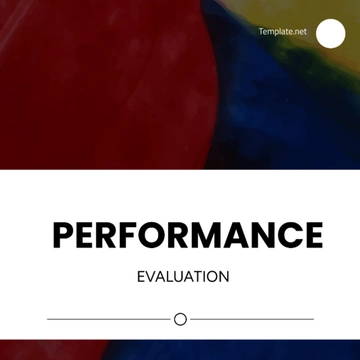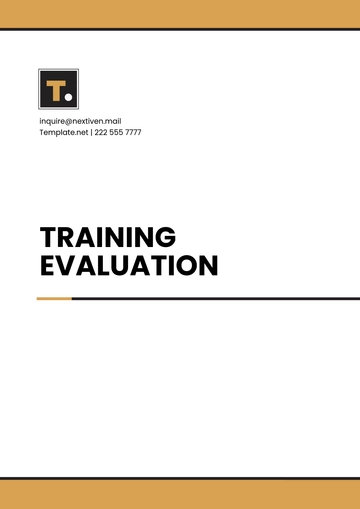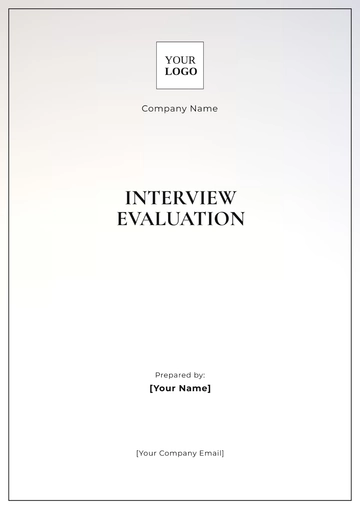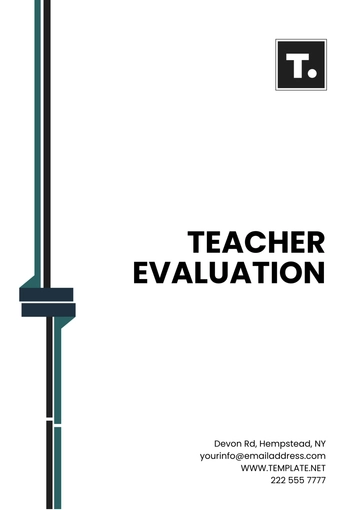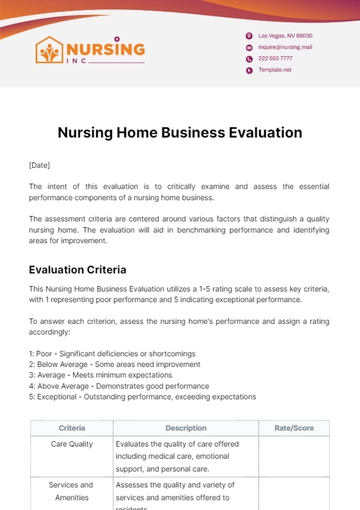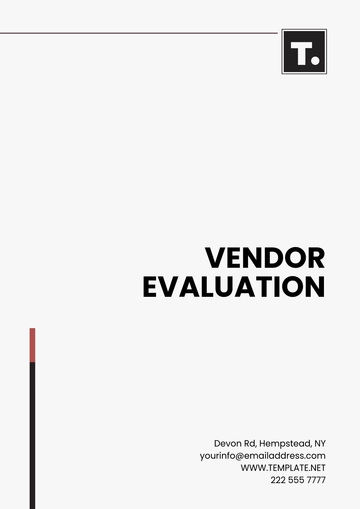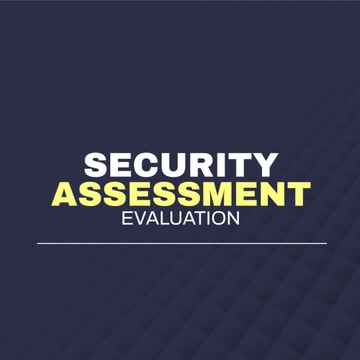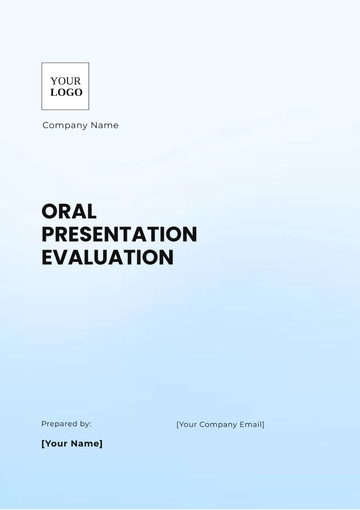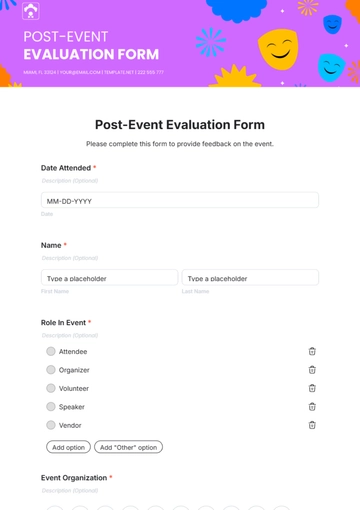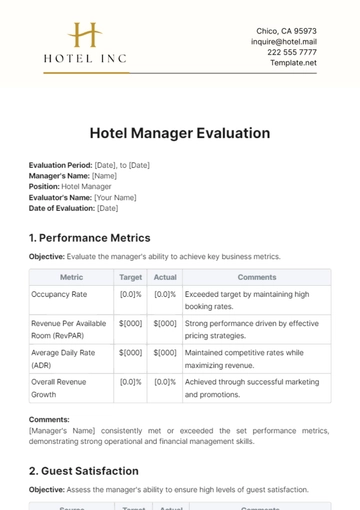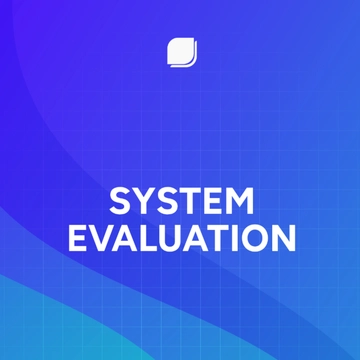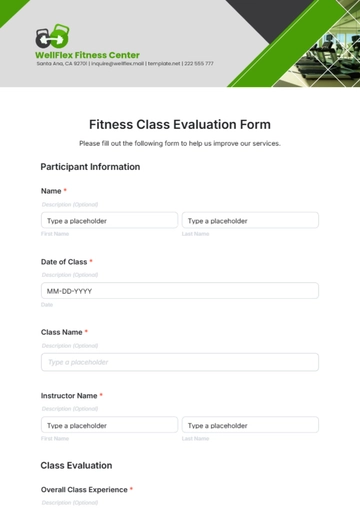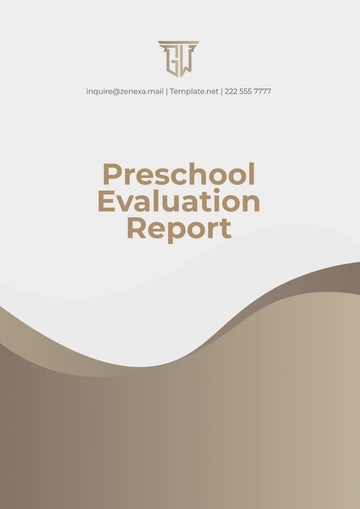Sales Product Return Evaluation Checklist
Welcome to the Sales Product Return Evaluation Checklist. This comprehensive guide, designed for [Your Company Name], will assist your team in evaluating product returns accurately and systematically. Ensuring a consistent approach across all returns, this checklist aims to maintain customer satisfaction while managing the financial implications effectively.
Date: | [Month Day, Year] |
Customer Name: | [Customer Name] |
Invoice/Order Number: | [00-000] |
Product Serial/ID Number: | [00-000] |
Return Authorization Number: | [00-000] |
Phase 1: Initial Inspection
The Initial Inspection phase is crucial for setting the baseline of the return process. It involves verifying the returned product against the original return request, inspecting for damages, and ensuring completeness. This step lays the groundwork for a transparent and fair evaluation, safeguarding both [Your Company Name] and the customer's interests.
Phase 2: Detailed Assessment
The Detailed Assessment digs deeper into the reason behind the return, identifying whether the issue is due to a manufacturing defect, misuse, or other reasons. This phase is key to understanding the root cause and determining the most appropriate course of action to rectify the problem effectively.
Phase 3: Financial Evaluation
Financial Evaluation focuses on quantifying the impact of the product return on [Your Company Name]'s finances. It involves calculating potential losses, resale values, and the costs associated with repair, repackaging, and restocking. This phase ensures that the financial decisions made are in the best interest of the company and its customers.
Phase 4: Decision Making
Decision Making is where all the gathered information culminates into an actionable plan. Whether to refund, replace, or repair, this phase emphasizes making informed decisions that satisfy customer needs while aligning with [Your Company Name]'s policies and financial considerations.
Phase 5: Process Evaluation and Improvement
The final phase, Process Evaluation and Improvement, is dedicated to learning from each return process. By analyzing trends, identifying improvement areas, and implementing strategic changes, [Your Company Name] aims to reduce future returns, enhance customer satisfaction, and improve overall service quality.
Prepared By: [Your Name]
Sales Templates @ Template.net


